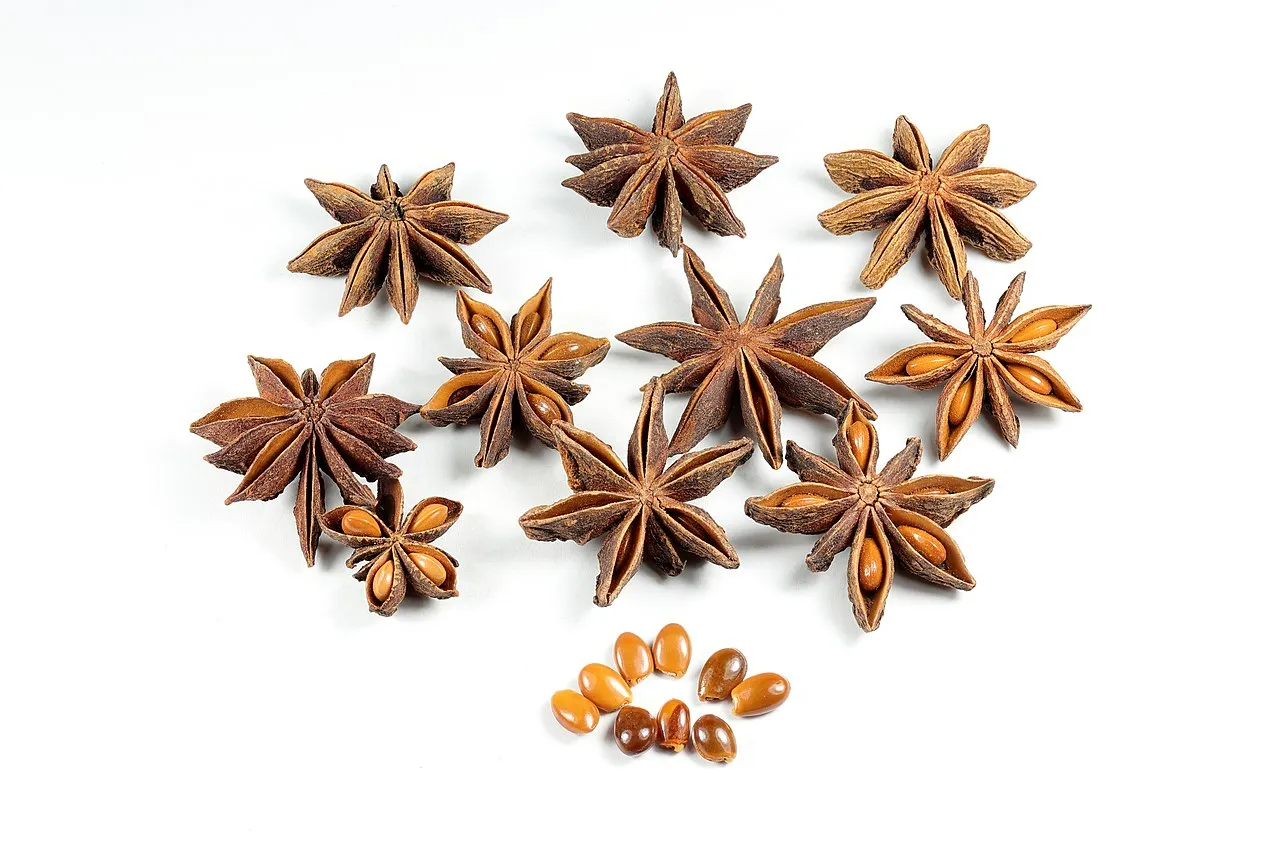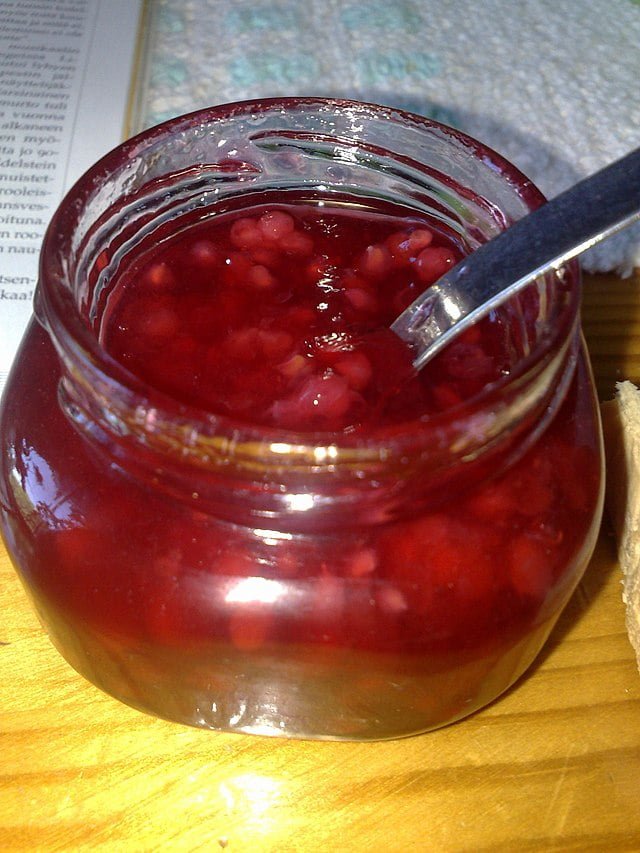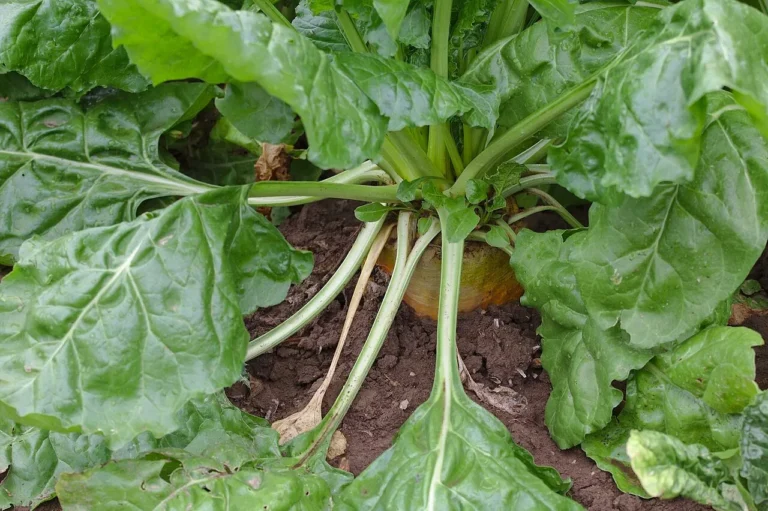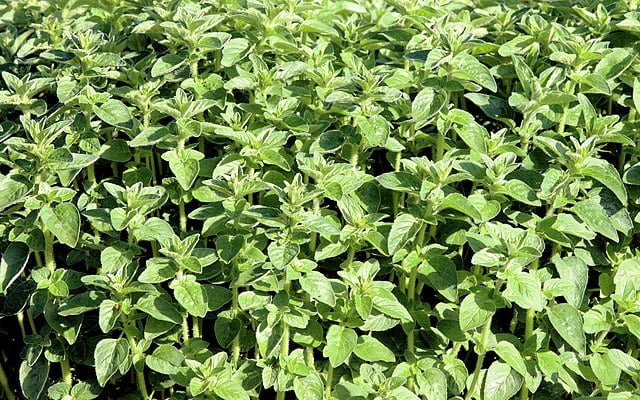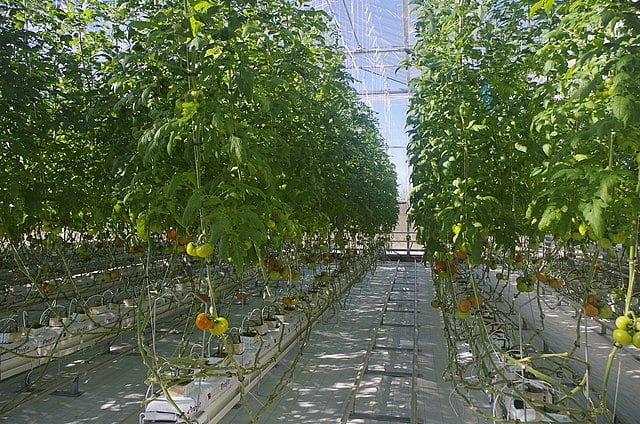Cultivating Anise: A Comprehensive Guide for Gardeners
Anise (Pimpinella anisum), with its distinctive flavour reminiscent of licorice and sweet fennel, is a prized herb in culinary and medicinal circles alike. Originating from the Eastern Mediterranean region and Southwest Asia, anise has made its way into gardens and kitchens around the world. Cultivating anise not only adds a versatile herb to your collection but also brings a touch of history and flavour to your culinary creations. This guide delves into the essentials of growing anise, from planting seeds to enjoying the fruits of your labour.
What is Anise?

Anise is an annual herb known for its aromatic seeds and feathery leaves. It reaches up to 2 feet in height and produces small, white flowers in umbels. The plant’s seeds are commonly used in baking, cooking, and herbal medicine, offering a wide range of health benefits, including digestive aid and cough relief.
How to Grow Anise
Planting Anise
- Timing: Anise should be planted directly in the garden after the last frost when the soil has warmed up. It does not transplant well due to its taproot system.
- Soil Requirements: Anise prefers well-drained, fertile soil with a pH between 6.0 and 7.0. Amend the soil with compost before planting to ensure rich nutrient content.
- Sowing Seeds: Plant seeds 1/4 inch deep and 8 inches apart. Anise seeds require sunlight to germinate, so cover them lightly with soil or simply press them into the ground.
Caring for Anise Plants
- Watering: Water anise plants regularly, allowing the soil to dry slightly between waterings. Overwatering can lead to root rot, so ensure good drainage.
- Feeding: Anise is not a heavy feeder, but applying a balanced, organic fertilizer in the middle of the growing season can support its growth.
- Weeding: Keep the area around anise plants free from weeds, which can compete for nutrients and water.
Harvesting Anise
- When to Harvest: Anise seeds are ready to harvest when they turn brown and the plants’ leaves begin to yellow, usually in late summer or early fall.
- How to Harvest: Cut the flower heads with the seeds and place them in a paper bag. Hang the bag in a warm, dry place. Once dried, shake the bag to release the seeds from the flower heads.
- Storing: Store anise seeds in an airtight container in a cool, dark place. They can last for several years if stored properly.
Culinary and Medicinal Uses
Anise’s sweet, aromatic flavour makes it a popular ingredient in a variety of dishes and beverages, from bread and cookies to liqueurs like ouzo and sambuca. Medicinally, anise seeds are known for their antispasmodic, anti-inflammatory, and digestive properties. They can be used to make teas, tinctures, and syrups to relieve coughs, indigestion, and bloating.
Final Thoughts
Growing anise offers a rewarding experience for gardeners and cooks alike. With its minimal care requirements and versatile uses, anise is a valuable addition to any garden. By following the guidelines outlined in this guide, you can enjoy the rich flavours and health benefits of anise straight from your own backyard.

